Princeton researchers uncover the beauty in their work
“Intelligent design” was the theme of this year’s Art of Science competition, in which members of the University community were invited to submit images created during research projects. “In the broadest sense, beautiful objects, both natural and the manufactured, have an intelligence to their form, their function, and thus, their design,” said Andrew Zwicker, the head of science education at the Princeton Plasma Physics Lab and a co-organizer of the competition. Images will be on display at the Friend Center through November and can be viewed online at princeton.edu/artofscience/gallery2011/.
Top, the competition’s first-place winner was “Chaos and geomagnetic reversals” by Christophe Gissinger, a postdoctoral researcher in astrophysical sciences. The image shows a simple deterministic model illustrating the geomagnetic reversals of the Earth’s polarity.
Bottom,“Fireworks” by Yunlai Zha, an electrical engineering grad student, displays the patterns created after arsenic sulphide was dissolved in a solution, then spin-coated and baked on a chrome-evaporated glass slide.
Images courtesy of Princeton University Art of Science. For a complete gallery of entries, visit princeton.edu/artofscience/gallery2011/.


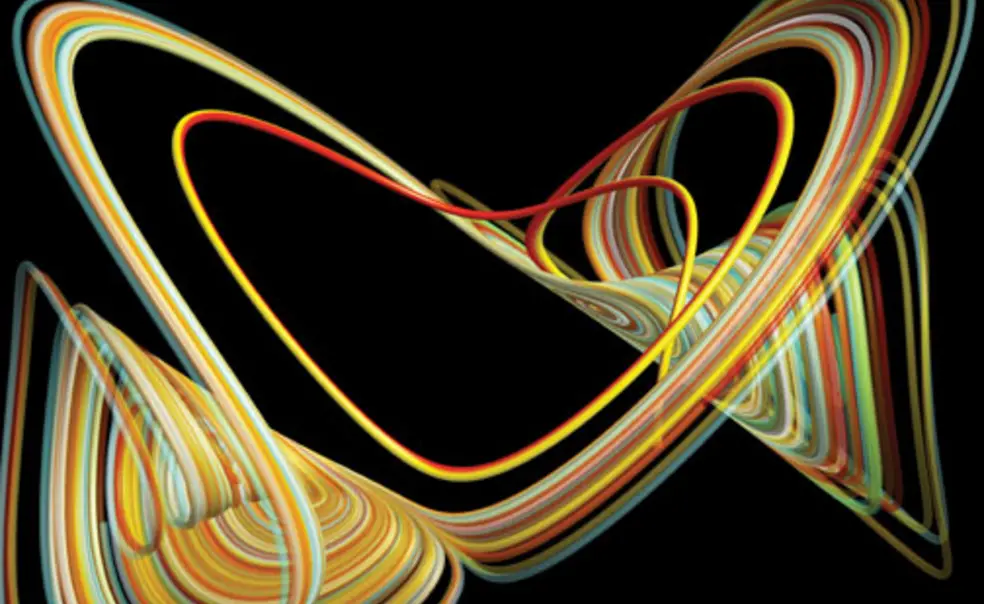
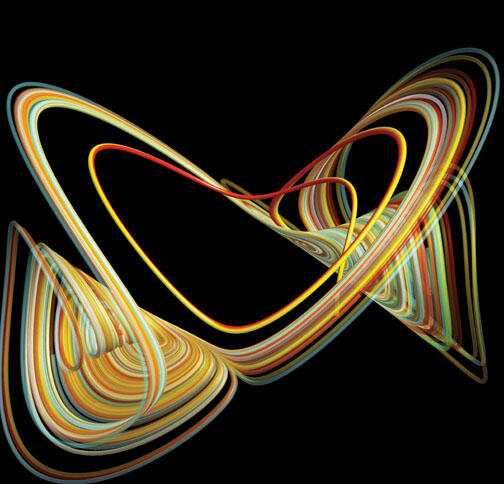
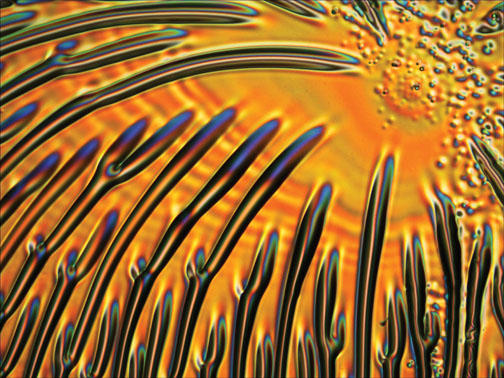
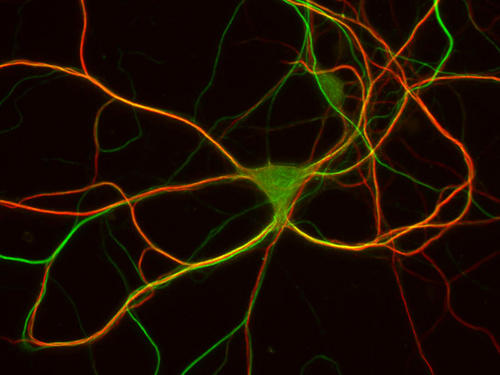
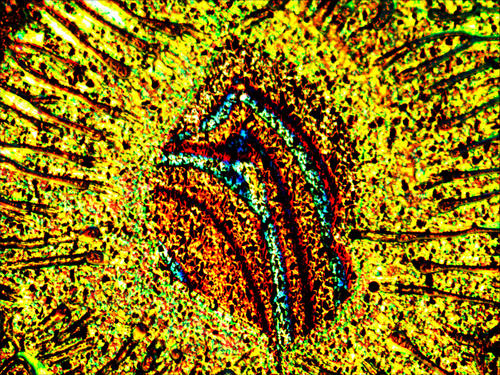
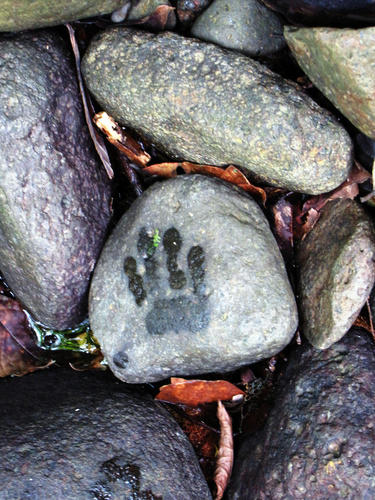









No responses yet